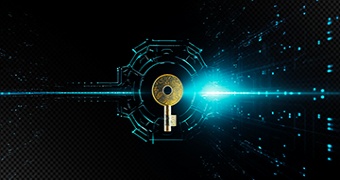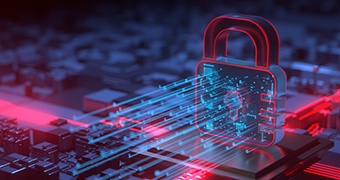We are living in a world where artificial intelligence (AI) is transforming eve....
Measurement Uncertainty

How does the ISO/IEC 17025 standard help laboratories generate reliable results?
Formerly, laboratory testing and calibration was an unfamiliar field for many individuals. However, nowadays these measurements are becoming a crucial part of many aspects of life. Thus, laboratories are providing the analysis of those aspects by ensuring trusted and valid results. The main purpose of laboratories is to generate accurate and reliable results derived from testing/calibration.
The ISO/IEC 17025 standard is ideal because it allows laboratories to implement a laboratory management system that is capable of producing reliable results. Thus, it ensures the cooperation between different laboratories, in different countries, in order to generate valid results. Furthermore, when generating valid and reliable data or results, laboratories will eliminate the need for repetitive testing or measuring which leads to cost reduction. The standard is applicable to all organizations: owned by the government, pertaining to any industry, universities, regulators, etc. that conduct testing and calibration.
For every organization performing testing and calibration, the ISO/IEC 17025 certification is a must. It will ensure safe and effective testing and calibration of equipment with the highest level of accuracy.
One of the most important requirements of this standard is that every laboratory should implement a procedure for estimating measurement uncertainty. Therefore, all uncertain components should be taken into consideration.
What is measurement uncertainty?
Every measurement has a level of uncertainty, no matter how precise and accurate it is. Uncertainty refers to a situation where the probability that an event will occur is unpredictable. It could also be defined as the lack of assurance about something.
Measurement uncertainty is a parameter related to the results of measurement such as testing and calibration, which determines the range of values attributed to a measured quantity. Measurement uncertainty is a quantitative result – a measurand of a qualitative indicator. A measurand is defined as the quantity that is intended to be measured.
Taking into consideration the fact that all measurements are imperfect, they have many sources of deviation.
Laboratories must identify all the components that cause uncertainty of a measurement, such as materials and equipment, failure to account for a factor, carelessness, environmental conditions (humidity, change in temperature, air pressure, etc.). By using appropriate methods of analysis, those components will be identified. Sometimes the measurement results depend on how well the measurement is being performed.
There are two types of uncertainty measurement approaches:
- Type A (Top-down) – uses statistical probability distribution, and
- Type B (Bottom-up) – uses “assumed” probability distribution.
The approaches can be used independently or collectively. However, in order to get a precise measurement, these approaches are usually combined.
Laboratories should report and evaluate the results of measurement uncertainty because the measurement can be repeated and the uncertainty report will be communicated to the customer.
The consequences of laboratory errors
Laboratory error is an event that negatively impacts the laboratory and its activities. There are lots of factors that may cause an error. The most common causes of errors are:
- Improper use of equipment;
- Untrained personnel;
- Unfollowed procedures;
- Lack of reports;
- False testing results;
- Others
Knowing the fact that laboratories strive to produce trusted results, which are used by a clinic or any other public health organization, their outcomes depend on the quality and reliability of calibration and measurement results.
In addition, when they are being provided with unreliable data or results, they will be faced with significant consequences. Such consequences, among others, include -complicated and improper treatment, delays in providing the appropriate diagnose, and retesting (measurement will be repeated). As such, this results in increased costs, poor outcomes, and most importantly loss of customer confidence.
It is important that every laboratory that intends to achieve the highest level of reliability and appropriateness of results/data must make sure to follow all the requirements of ISO/IEC 17025 and other established procedures. Since laboratories perform many activities, their system is complex; hence, with the aim of improving their performance, they should function in line with ISO/IEC 17025 requirements and established procedures.
About the author:
Gentrina Bytyqi is a Junior Course Development Manager at PECB. She is in charge of developing and maintaining training courses related to QMS. If you have any questions, please do not hesitate to contact her at: gentrina.training@pecb.com.


